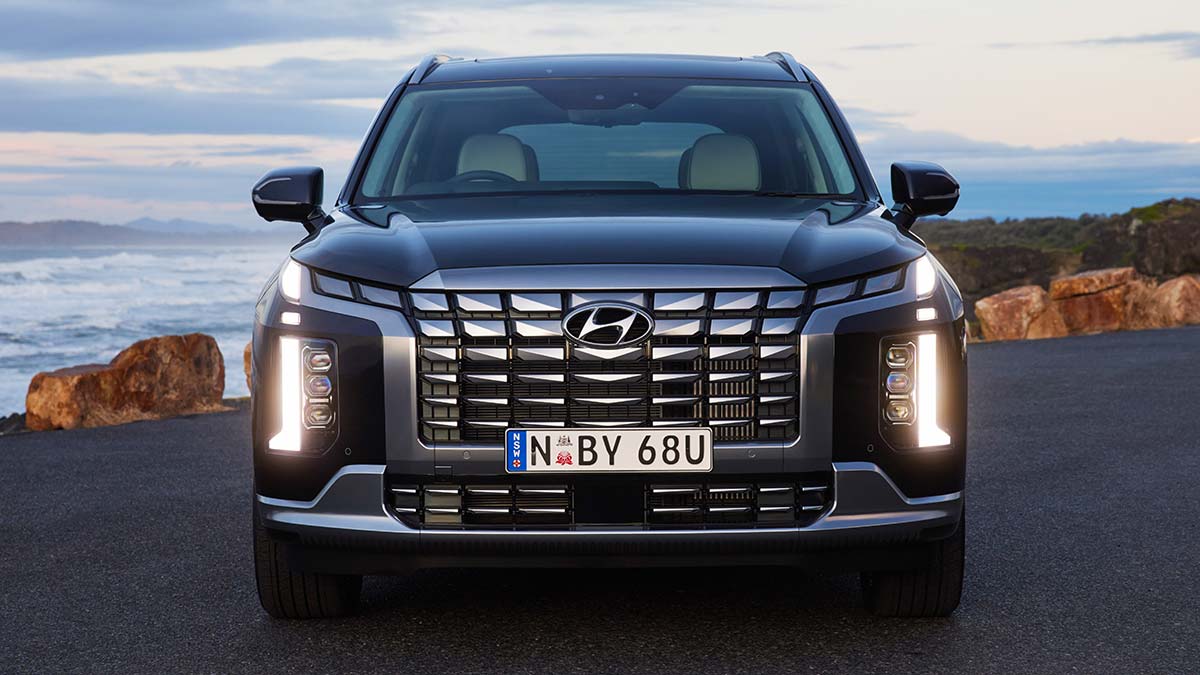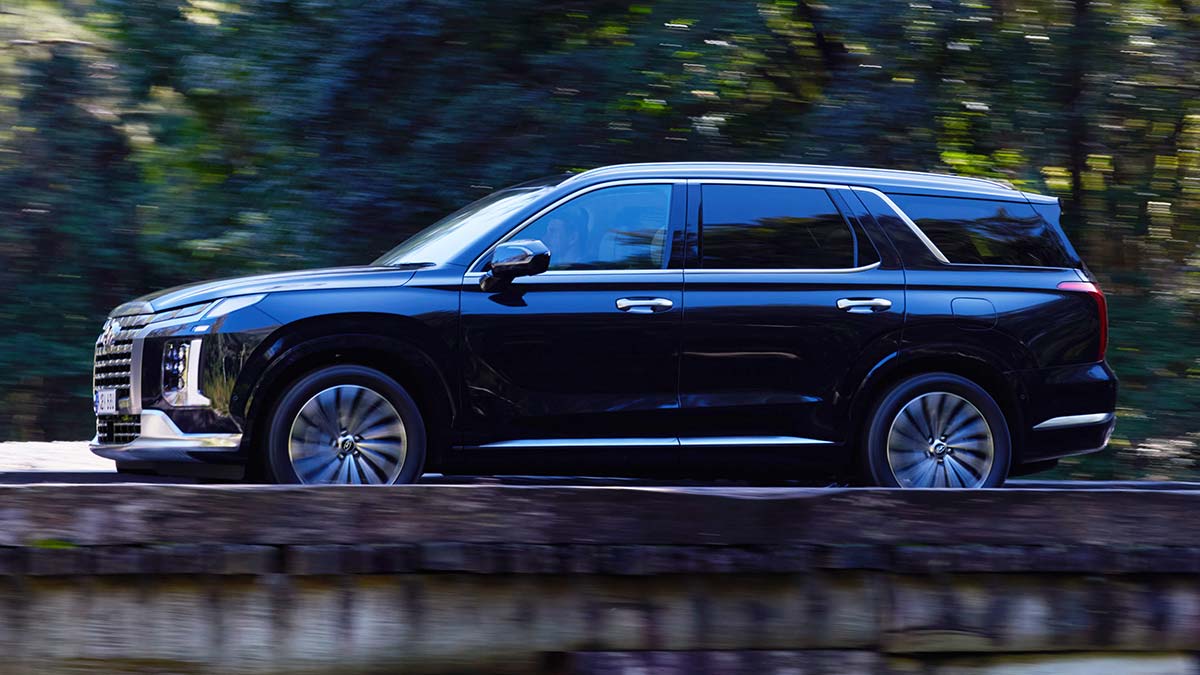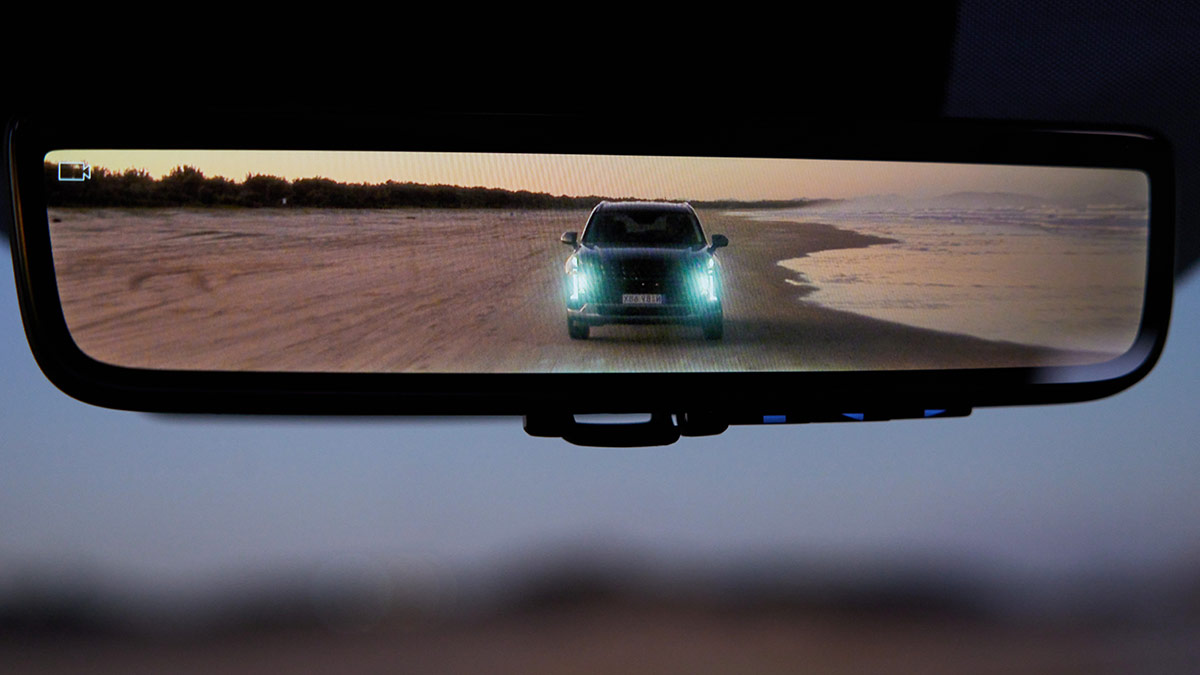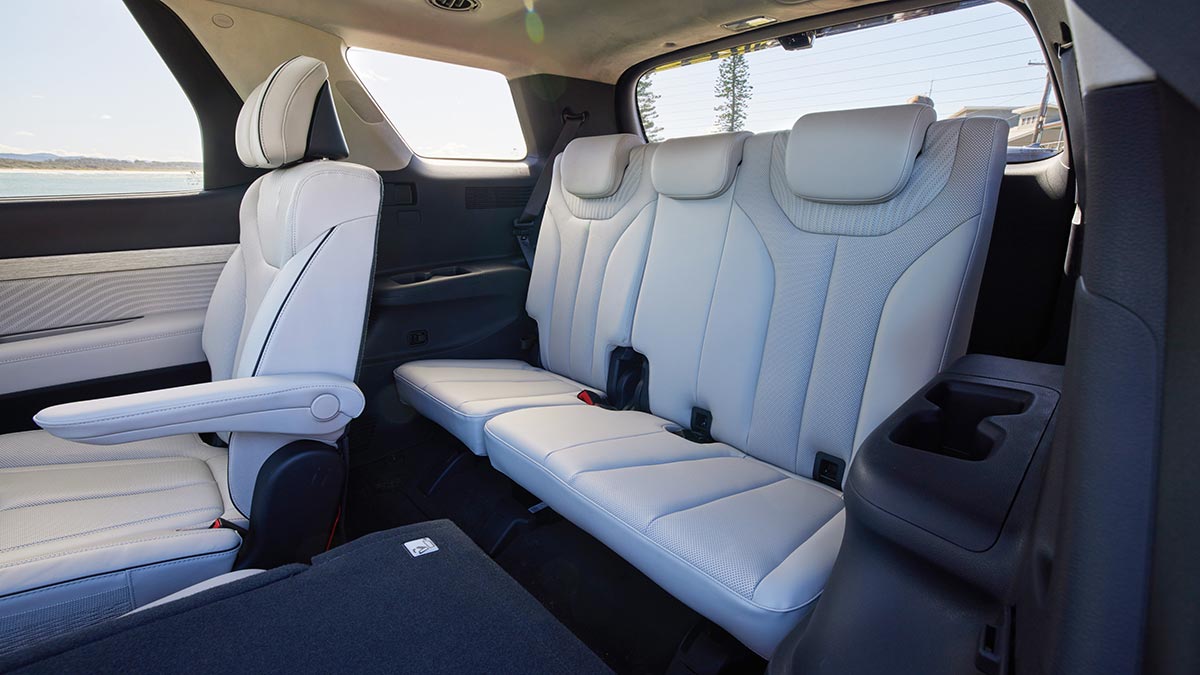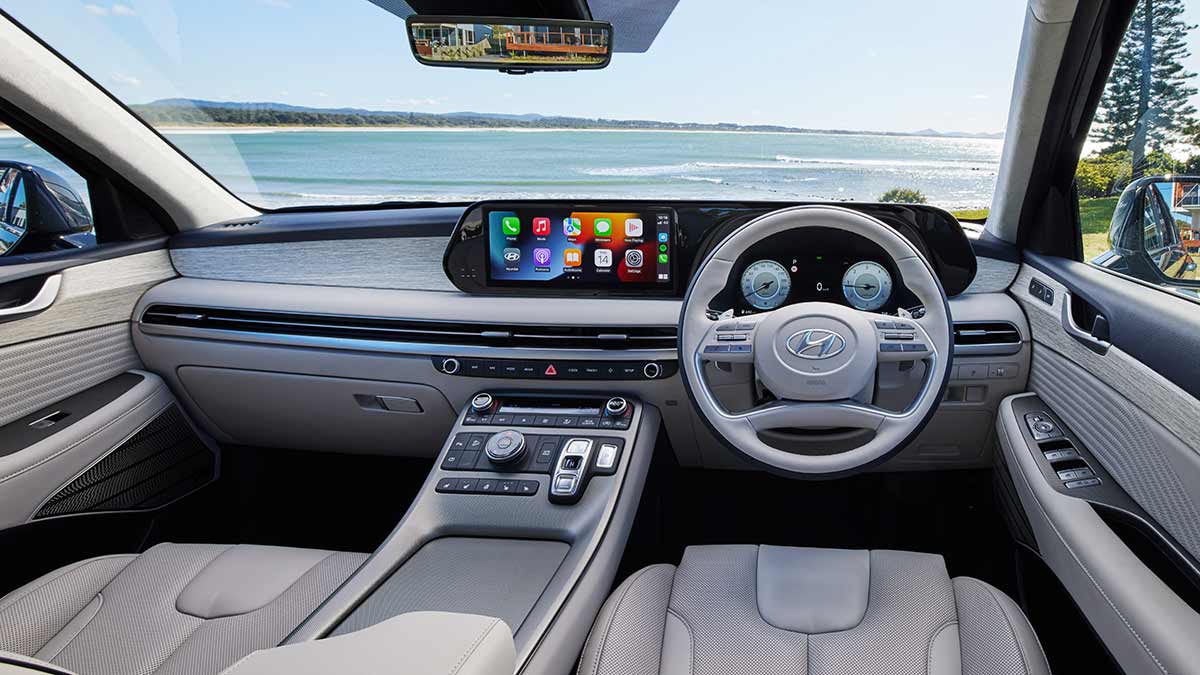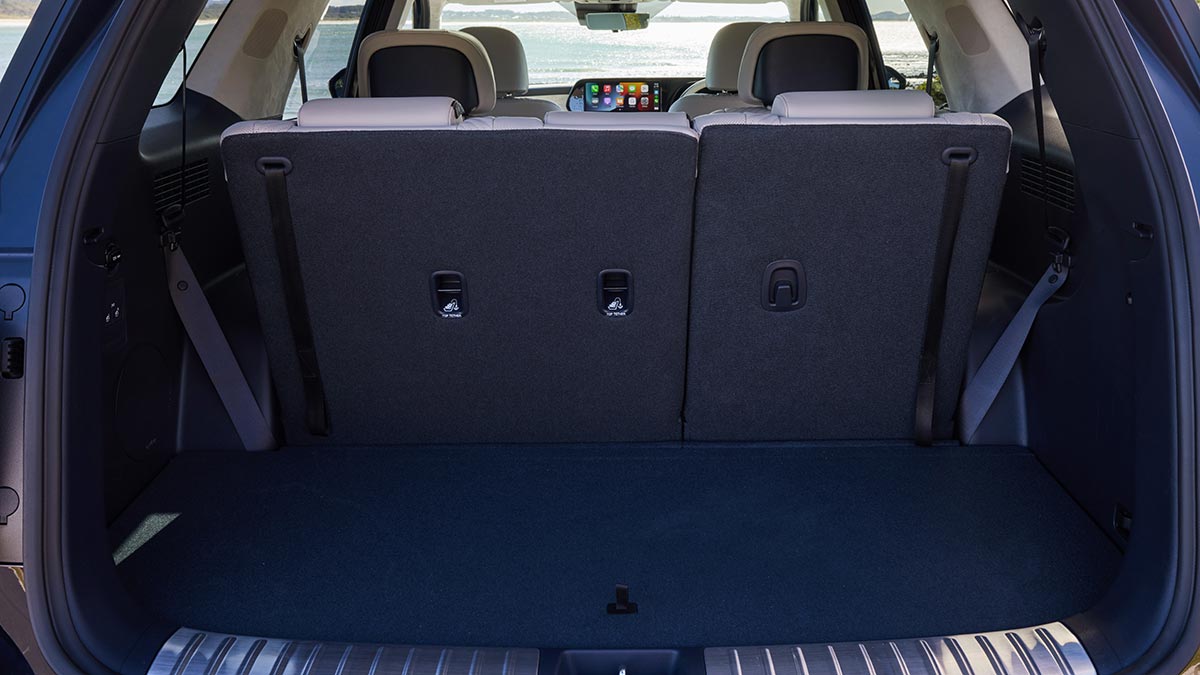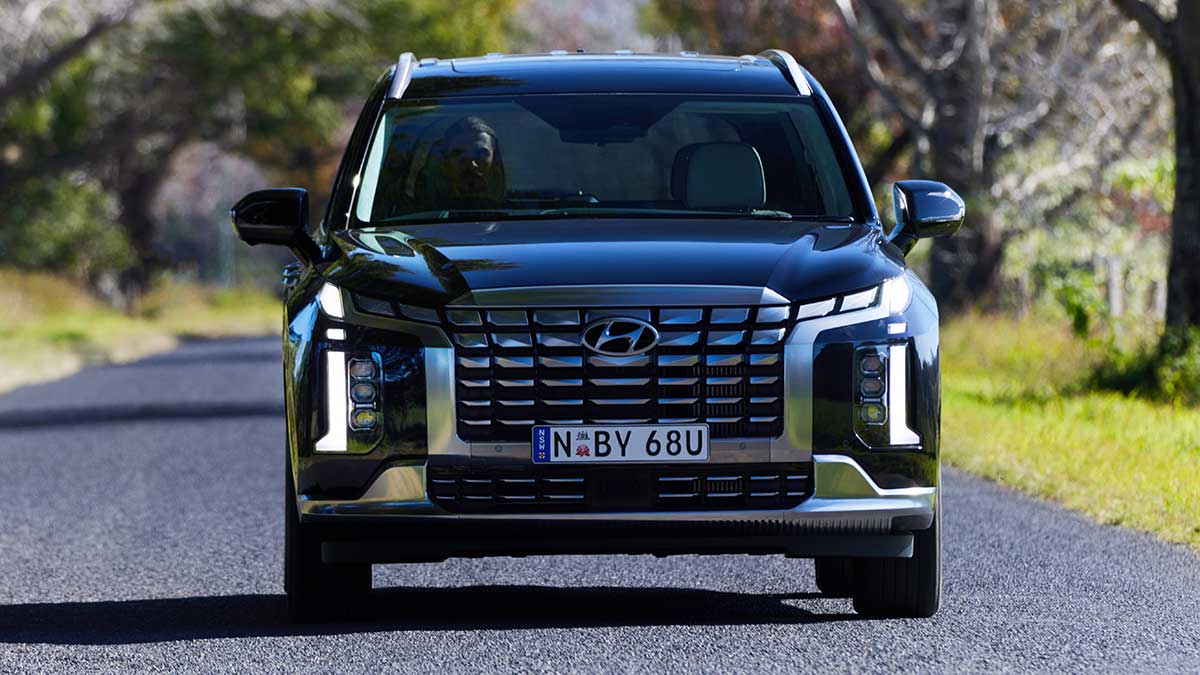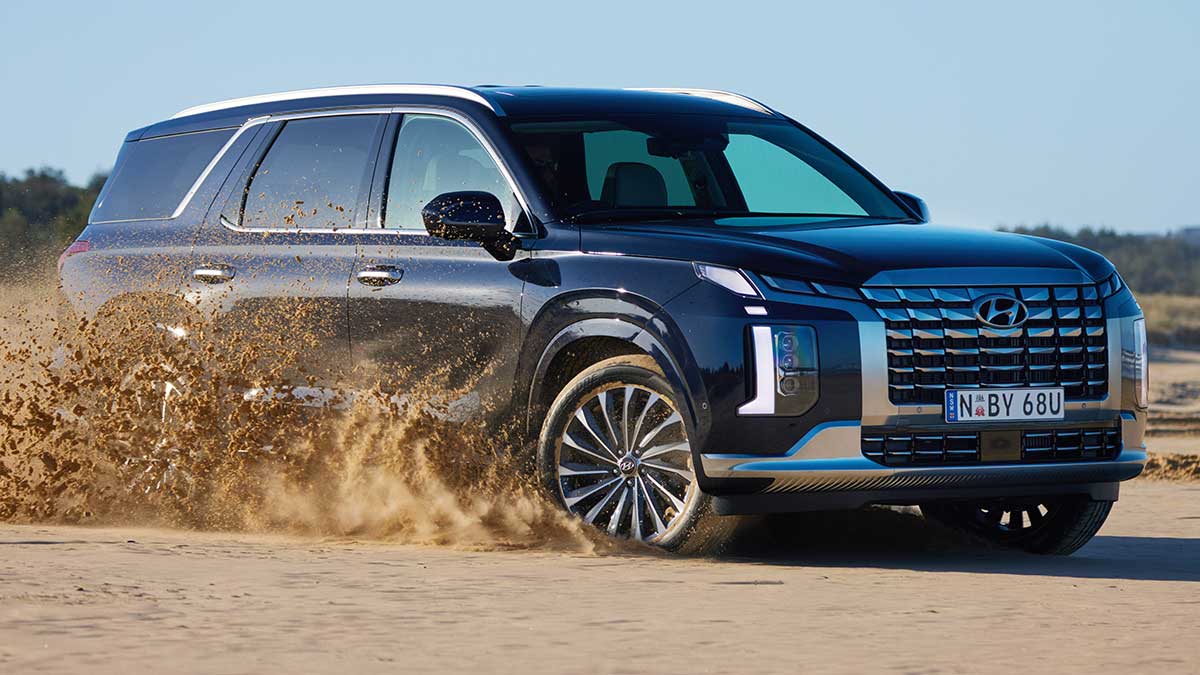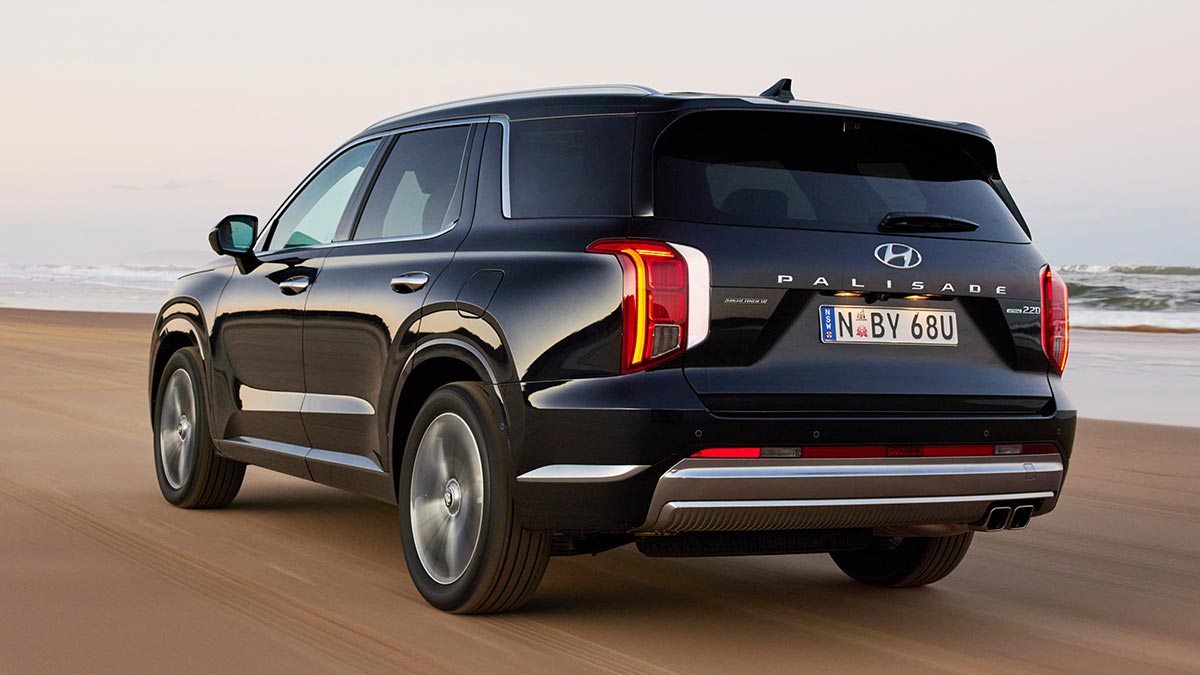The ninth-generation Toyota HiLux has arrived, bringing with it a futuristic forward exterior design, more safety and tech and the same rugged capability owners love. Will the updates tempt private buyers away from the Ford Ranger or are they just enough to keep fleets onside?
Big improver: 2022 Hyundai Palisade first drive review

The hulking squared-off body of the Hyundai Palisade looks like a vehicle fit for US Secret Service staff. Instead, the big SUV is a family-friendly, and versatile people mover.
In the early days, people movers were stodgy, van-derived boxes. They could carry eight people, but those occupants would look out the windows in fear of being seen in one. School drop-offs were typically a case of “park around the corner, please mum or dad”.
The Kia Carnival and Honda Odyssey modernised the transport mode with low-slung decently designed vehicles.
The latest crop of seven and eight-seaters has evolved the concept into SUV-based utility.
Hyundai’s heavily revised Palisade is among the best examples in the segment.
The refresh has seen the entry version dropped after just 6 per cent of buyers, or around 360 people, invested in the cheapest Palisade.
The two-version line-up now starts with the Elite and tops out with the Highlander.
On this page
- How much does the Hyundai Palisade cost?
- Is the Hyundai Palisade safe?
- What's the Hyundai Palisade like inside?
- What's under the Hyundai Palisade's bonnet?
- Is the Hyundai Palisade efficient?
- How does the Hyundai Palisade drive?
- Should I buy one?
 How much does the Hyundai Palisade cost?
How much does the Hyundai Palisade cost?
Beyond two versions, the Hyundai Palisade can be had in two flavours.
Two-wheel-drive variants start at $65,900 for the Elite, and $75,900 for the Highlander.
Those who prefer the reassurance or off-road capacity of all-wheel drive will pay a $4,000 premium and premium paint adds $695 across the range.
Service intervals are 12 months or 15,000 kilometres. A flat $399 annual fee means the petrol-powered 2WD vehicles will cost $1,995 across the duration of the five-year warranty, while $489 yearly visits for diesel-propelled AWD versions will total $2,445.
Standard fare in the Hyundai Palisade Elite runs to six USB ports, with all but the multimedia interface being type C versions, along with a new “Bluelink” connected mobility interface that gives owners an SOS emergency call function, connected routing navigation and the ability to find their car in a large carpark and remotely lock or start the vehicle.
The eight-seat layout is the default, featuring three seats in each of the second and third rows. Choosing seven seats by fitting a pair of “captain’s chairs” with armrests in the second row is a no-cost option.
Digital displays extend to 12.3 inches for the infotainment and driver’s display and there’s a head-up display with improved resolution.
Hyundai Palisade Highlander buyers pick up a raft of refinements, including more premium leather interior, suede headlining (not sure how that will work with sticky-fingered children in the third row), ventilated second-row outboard seats and a digital rear-view mirror then provides an unrestricted view even with tall occupants in the second and third rows.
The easiest way to differentiate the two versions is to look at the grille: Elite versions are greyed out while Highlanders have a “satin chrome” style finish.
SUV-styled contenders include the Toyota Kluger, Mazda CX-9 and Nissan Pathfinder,
 Is the Hyundai Palisade safe?
Is the Hyundai Palisade safe?
The latest versions of the Hyundai Palisade have just been awarded an ANCAP five-star rating, across petrol and diesel versions. That’s significant because the diesel vehicles that arrived with the previous generation in late 2020 were deemed to be four-star cars.
Adult occupant protection was rated at 84 per cent, with child occupant protection set at 88 per cent. Vulnerable road user protection was judged to be 62 per cent and safety assist systems powered to an 83 per cent score.
Hyundai has fitted seven airbags to the Palisade, including a front-centre bag to avoid head clashes.
Other notable additions include junction assist, multi anti-collision braking (which applies the brakes after a crash to avoid the car inadvertently rolling into another vehicle) and an intelligent speed-limit assist feature than can automatically adjust the Palisade’s speed to match the posted speed limits (based on camera speed sign recognition).
What’s the Hyundai Palisade like inside?
Spacious doesn’t do justice to the interior of the Hyundai Palisade.
It is possible to fit three 170cm people fore to aft in the voluminous SUV. As always, the person in the third row suffers, but in this case it is more from a low seat height that sees knees elevated than would normally be the case. Headroom is still OK for those of this stature.
If the first two occupants want to stretch out, then legroom in the third row will be limited, though still fine for small children.
Boot space with all seven/eight seats in use is a useful 311 litres, expanding to 704 litres with the third-row seats dropped.
What’s under the Hyundai Palisade’s bonnet?
Two-wheel-drive versions of the Hyundai Palisade use a 3.8-litre V6 petrol engine with 217kW and 355Nm, matched to an eight-speed automatic transmission.
The V6 is a willing performer, given it is hauling 1938kg before anyone has stepped aboard.
All-wheel-drive variants are exclusively coupled to a 2.2-litre four-cylinder turbodiesel engine that is notable for its quietness.
Outputs of 147kW/440Nm help the diesel overcome an 81kg mass handicap compared to the petrol.
Hyundai quotes a towing capacity of 750kg unbraked and 2200kg braked for both engines, though the maximum tow-ball load is just 100kg.
Is the Hyundai Palisade efficient?
The petrol engine has a claimed combined fuel use of 10.7 litres every 100km and only needs to be fed regular 91 RON fuel. The urban-cycle consumption rises to 14.9 litres/100km and with a 71-litre tank, you will still get around 460km of city driving before terrifying yourself at the service station.
The diesel (which Hyundai predicts will account for 80 per cent of sales), has an official ingestion rate of 7.3 litres/100km, climbing to 9.2 litres/100km in the suburbs.
How does the Hyundai Palisade drive?
The Palisade has a global suspension tune (which is a polite way of saying it is prioritised to US comfort). That should mean a soggy ride that soaks up the incessant jostle of driving on concrete-slabs at the expense of body tautness and responsiveness.
It doesn’t. Someone has done a great job of tuning the frequency responsive dampers to deal with both small bounces and big bumps.
Hyundai Australia product development manager, Tim Rodgers, says the technology is intended to improve the ride and handling.
“The dampers incorporate selective frequency damping, which uses a floating valve to manage the high frequency small motion damping, and then the larger, lower frequency inputs are handled more conventionally,” Rodgers said.
“What this means in practice is that, in terms of damping control, high frequency wheel motions, say, over corrugations, can be managed separately to larger body motions.”
The upshot for Australian owners is the suspension absorbs little hits without affecting the passengers and then stiffens up to cope with potholes and mis-judged speed humps without any drama.
It is not advanced as adaptive dampers, but it also isn’t as expensive and in this configuration, a smart option on a vehicle that won’t be driven too aggressively.
AWD versions also have a variety of terrain drive modes and are more than capable of handling a gravel track or sandy trail enroute to a family adventure.
The steering is better than you expect in a big SUV and the biggest disappointment is the button-operated gearshift on the centre console, though it could be an acquired taste.
Should I buy one?
Seven-seat SUVs aren’t uncommon. Ones with this level of ride are.
Consider the Kia Carnival if you want to use eight seats and still have a big boot, but the Hyundai Palisade is likely targeting a different style of buyer.
If you're looking to fortify the family in an SUV and the styling of the Palisade suits, then the rest of the package won’t disappoint.
The information provided is general advice only. Before making any decisions please consider your own circumstances and the Product Disclosure Statement and Target Market Determinations. For copies, visit racv.com.au. As distributor, RACV Insurance Services Pty Ltd AFS Licence No. 230039 receives commission for each policy sold or renewed. Product(s) issued by Insurance Manufacturers of Australia ABN 93 004 208 084 AFS Licence No. 227678.
